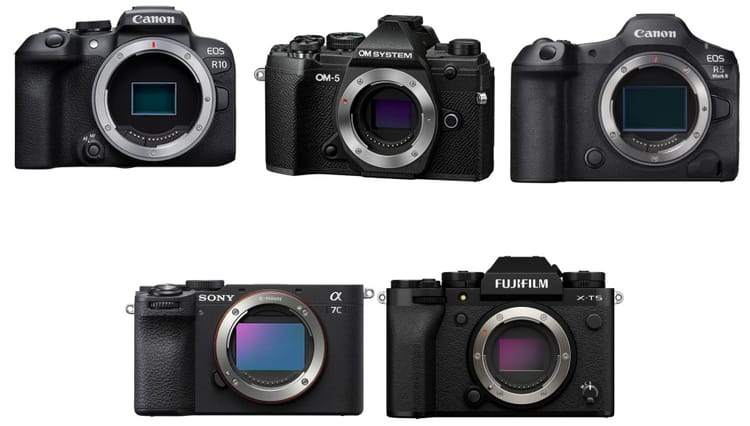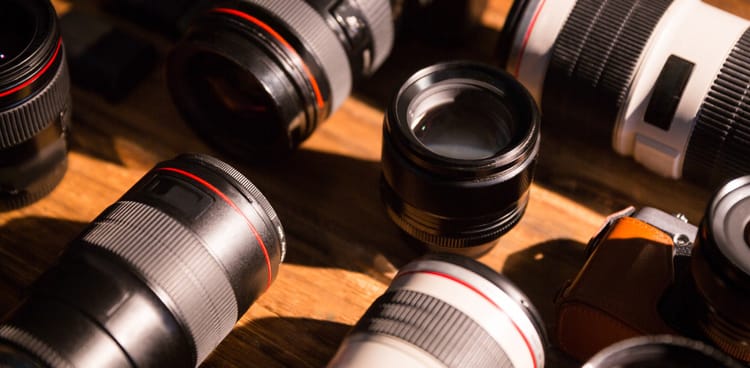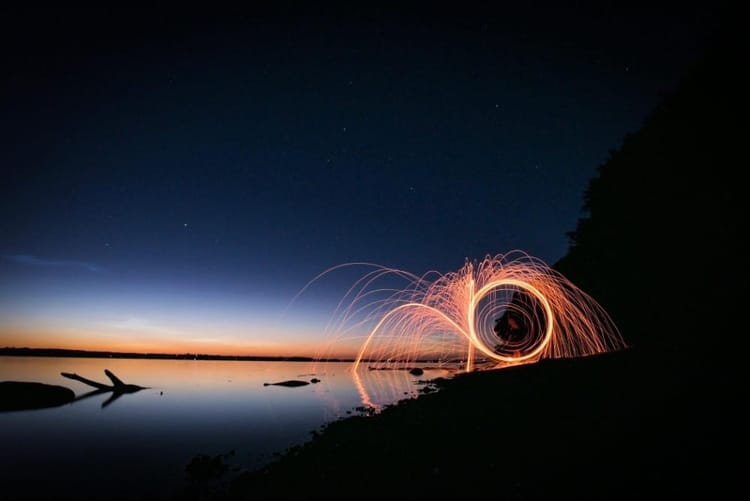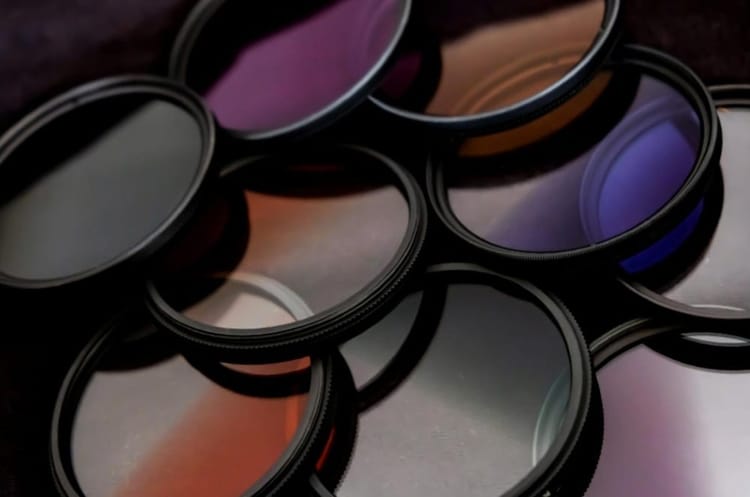Simplicity in Photography: Mastering Minimalist Composition Techniques
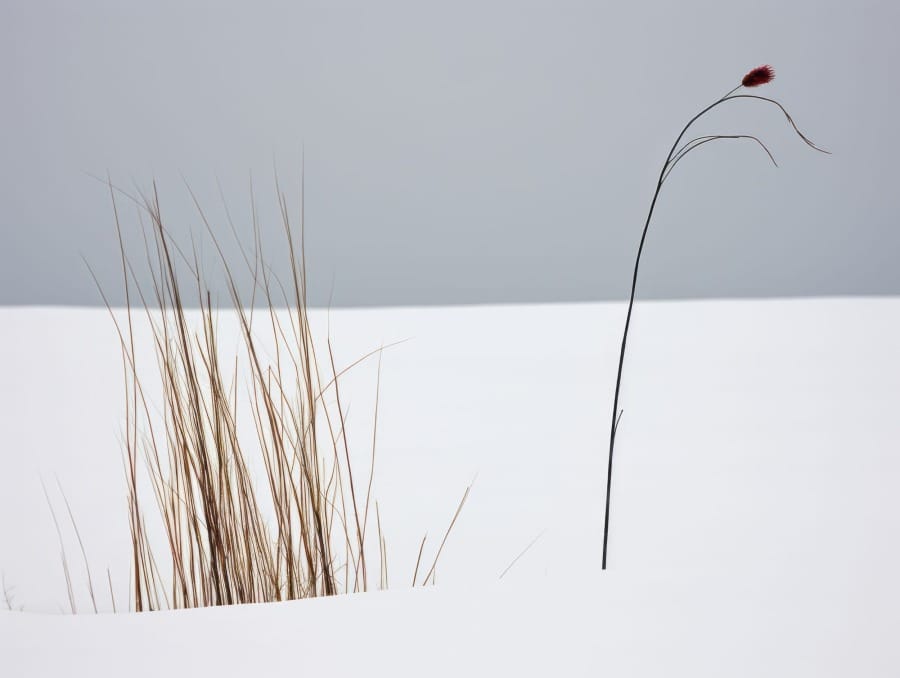
Simplicity in photography can make your images more powerful and impactful. By focusing on a single subject or idea, you can create photos that really grab attention. Think about removing distractions and keeping only the most important elements in your frame.
Using a simple approach helps viewers understand your message quickly and easily. This doesn't mean your photos have to be boring. Even with a few elements, you can still make interesting and beautiful images. Try using negative space, clean backgrounds, or minimalist compositions to highlight your main subject.
Simplicity can work well for many types of photography. Whether you're shooting landscapes, portraits, or still life, taking a minimalist approach can lead to striking results. Remember, sometimes less really is more when it comes to creating memorable photos.
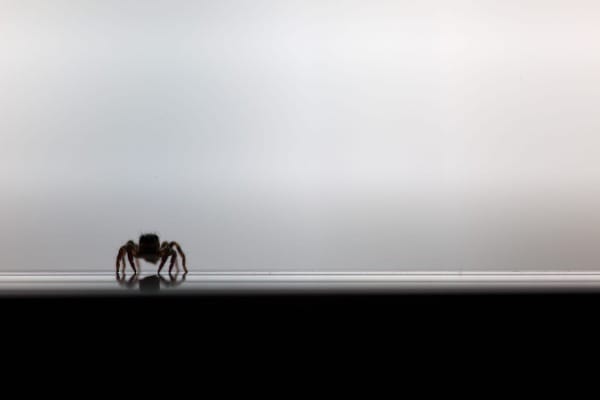
Understanding Simplicity in Photography
Simplicity in photography means using fewer elements to create powerful images. It helps draw attention to your main subject and create a strong visual impact.
Defining Simplicity and Its Importance
Simplicity in photography is about removing distractions and focusing on the essentials. It's a way to make your photos clearer and more impactful. By keeping things simple, you give viewers a clear idea of what to look at.
Simple photos often have:
- A single main subject
- Clean backgrounds
- Few colors
- Clear shapes
Using simplicity helps your photos tell a story more effectively. It can make your images feel peaceful and elegant.
The Role of Negative Space
Negative space is the empty area around your main subject. It's a key part of creating simple, striking photos. Using negative space can:
- Make your subject stand out more
- Create a sense of calm in your image
- Add balance to your composition
To use negative space well, try framing your subject with lots of empty space around it. This can be a plain wall, a clear sky, or any uncluttered area.
Minimalism Versus Simplicity
While often used together, minimalism and simplicity in photography are not the same thing. Simplicity is about clear, easy-to-understand images. Minimalism takes this idea further.
Minimalist photos:
- Use very few elements
- Often have large areas of negative space
- May use repeating patterns or shapes
Simplicity can be a stepping stone to minimalism. Both approaches can help you create strong, eye-catching photos. The key is to choose the style that best fits your vision for each image.
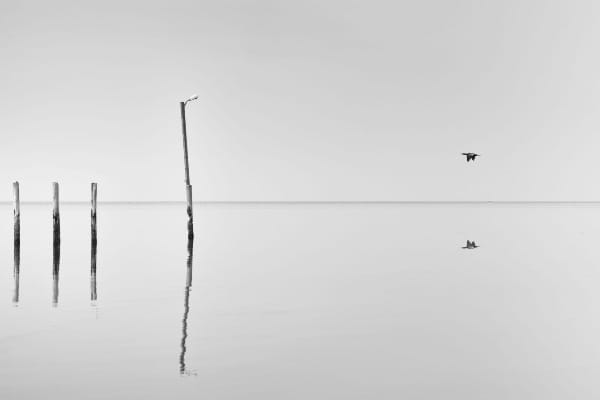
Composition Techniques for Simplicity
Good photo composition uses simple tricks to make pictures look great. These methods help you create photos that people love to look at.
The Power of the Rule of Thirds
The rule of thirds is a simple but powerful way to make your photos more interesting. Imagine your photo split into a 3x3 grid. Put important things where the lines cross. This creates balance and draws the eye to key parts of your image.
Try placing your main subject off-center. It can make your photo more dynamic. For landscapes, put the horizon on the top or bottom third line. This gives a sense of space and scale.
You don't always have to follow this rule. But it's a good starting point for many types of photos.
Using Patterns and Texture
Patterns and textures can make simple photos more eye-catching. Look for repeating shapes or lines in your surroundings. These can be natural, like waves on a beach, or man-made, like bricks in a wall.
Get close to showing off interesting textures. The rough bark of a tree or smooth pebbles in a stream can become the star of your photo.
Break up patterns with a single different element. This creates a focal point and adds interest to your image.
Isolation of the Subject
Isolating your subject is a great way to keep things simple. It helps viewers focus on what's important in your photo.
Use a shallow depth of field to blur the background. This makes your subject stand out. A plain background also works well. Look for solid colors or simple patterns behind your subject.
You can also use framing to isolate your subject. Use things like doorways or tree branches to create a natural frame. This draws attention to the main part of your photo.
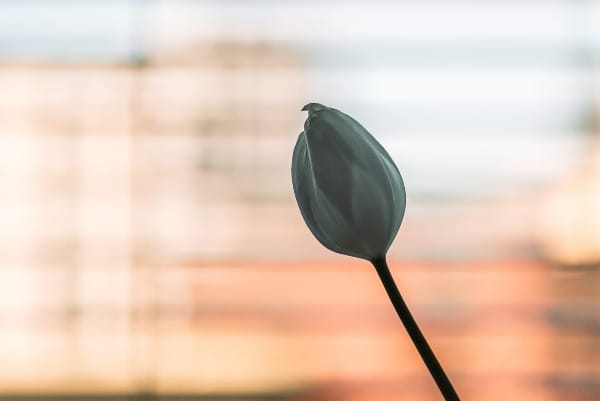
Color and Lighting in Simple Photographs
Color and lighting are key elements that can make or break a simple photograph. When used well, they enhance the image's impact and draw attention to the main subject.
Choosing Complementary Colors
Colors play a big role in simple photos. Pick colors that work well together to create harmony. Use a color wheel to find complementary colors opposite each other. These create a strong contrast that catches the eye.
Try using just one or two main colors in your shot. This keeps things simple and makes your subject stand out. You can also go for a monochrome look with different shades of one color. This creates a calm, unified feel.
Bold colors can add punch to a simple composition. But be careful not to overdo it. Too many bright colors can be distracting.
The Role of Lighting
Good lighting is crucial for simple photos. It shapes your subject and sets the mood. Soft, even light works well for many simple shots. It reduces harsh shadows and keeps the focus on shapes and colors.
Side lighting can add depth and texture to your subject. This works great for minimalist photos of objects or landscapes. The backlight creates a dramatic silhouette effect, perfect for simple, striking images.
Pay attention to the direction and quality of light. Morning and evening light is often warm and soft, ideal for simple outdoor shots. Midday sun can be harsh but can work for high-contrast, graphic images.
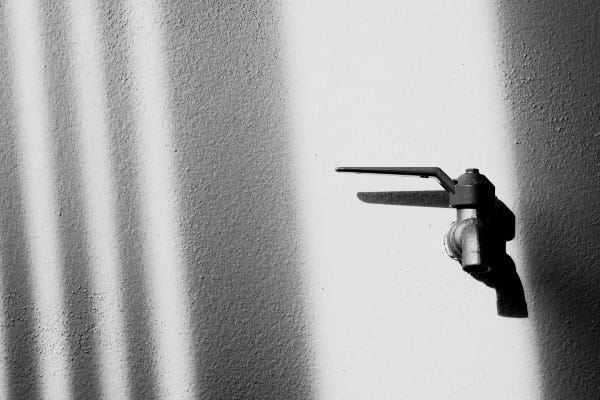
Camera Settings for Minimalist Shots
The right settings can make or break a minimalist photo. You'll want to focus on depth of field and lens choice to create simple yet striking images.
Optimizing Depth of Field
To get great minimalist shots, play with your depth of field. A wide aperture like f/1.8 or f/2.8 can blur the background, isolating your subject. This works well for portraits or close-ups of objects.
For landscapes, try a smaller aperture like f/11 or f/16. This keeps more of the scene in focus, perfect for minimalist wide shots. Adjust your shutter speed and ISO to balance the exposure.
Try both shallow and deep depth of field. See which one fits your vision best. Remember, there's no single "right" setting - it depends on your goal for each shot.
Utilizing Wide-Angle Lenses
Wide-angle lenses are key tools for minimalist photography. They let you capture more of a scene, making it easier to find simple compositions.
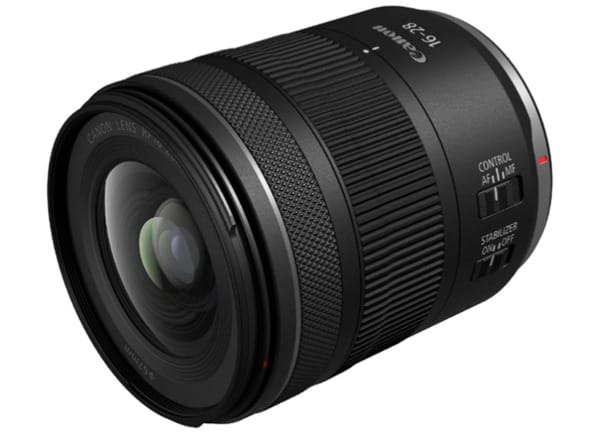
With a wide lens, you can emphasize empty space around your subject. This draws attention to your main focus. It also helps create a sense of scale in landscape shots.
Start with a 24mm or 35mm lens on a full-frame camera. These focal lengths are great for most minimalist scenes. If you want to go wider, try a 16-20mm lens. Just be careful of distortion at the edges of your frame.
Post-Processing for Simplified Images
Post-processing plays a key role in creating simple, impactful photos. It helps remove distractions and enhance the main subject. Let's explore some techniques to achieve simplicity in your images.
Editing Techniques to Enhance Simplicity
Start by adjusting the exposure and contrast to make your subject stand out. Boost the shadows or highlights if needed. Crop the image to remove any extra elements that don't add value.
Use the clarity tool sparingly to add definitions to key areas. Adjust the white balance to ensure colors look natural and not distracting. Try converting your photo to black and white for a classic, simple look.
Limit your edits to keep the image pure. Avoid heavy filters or effects that can make the photo look artificial. Remember, less is often more in minimalist photography.
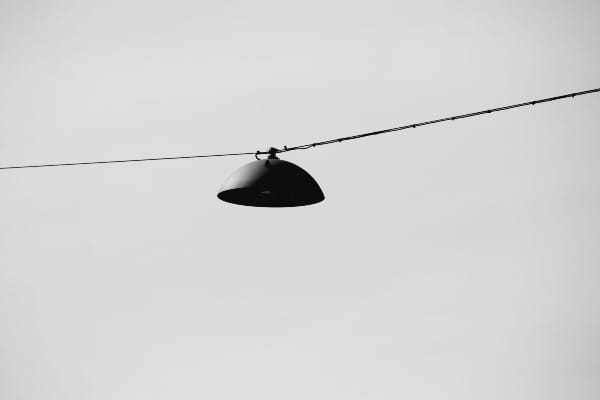
Reducing Distractions in Backgrounds
Clean up your backgrounds to keep the focus on your main subject. Use the spot healing tool to remove small distractions like dust spots or stray objects. For larger areas, try the clone stamp tool.
Lower the saturation of bright colors in the background that might pull attention away from your subject. You can also use a vignette effect to darken the edges of your photo, guiding the viewer's eye to the center.
Consider using selective blur to soften background elements. This can create a nice depth-of-field effect and make your subject pop. Just be careful not to overdo it, as too much blur can look unnatural.
Conclusion
Simplicity in photography is a powerful tool for creating impactful images. By focusing on essential elements, you can make your photos more memorable and engaging.
Keep compositions clean and uncluttered. Remove distracting objects from the frame. Use negative space to draw attention to your main subject.
Experiment with minimal color palettes. Try black and white or monochromatic shots to simplify your images further.
Pay attention to lighting. Soft, even light can enhance simplicity. Harsh shadows may add unwanted complexity.
Practice makes perfect. The more you work on simplifying your shots, the better you'll become at spotting simple compositions.
Remember, simplicity doesn't mean boring. Strive for a balance between minimalism and interest. Your goal is to create images that are both straightforward and compelling.
With time and effort, you'll develop a keen eye for simplicity in photography. This skill will help you capture truly striking images that stand out from the crowd.

